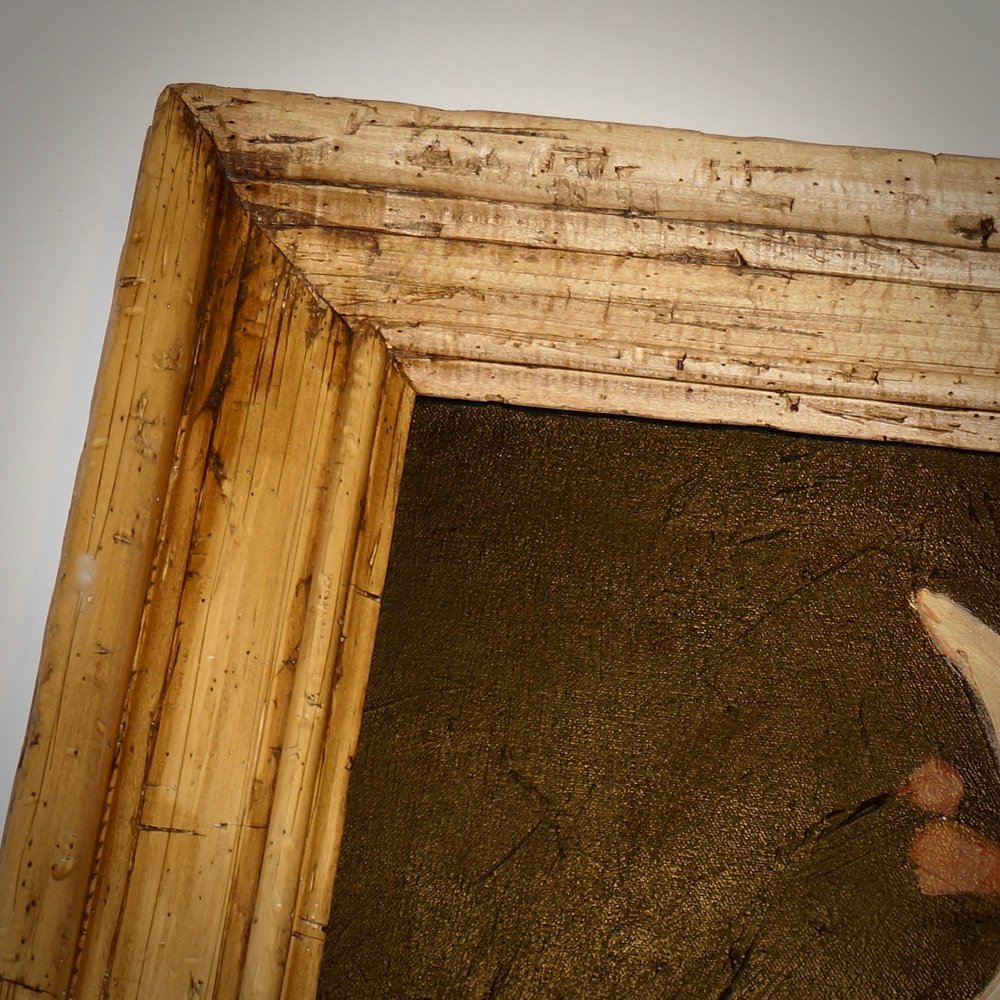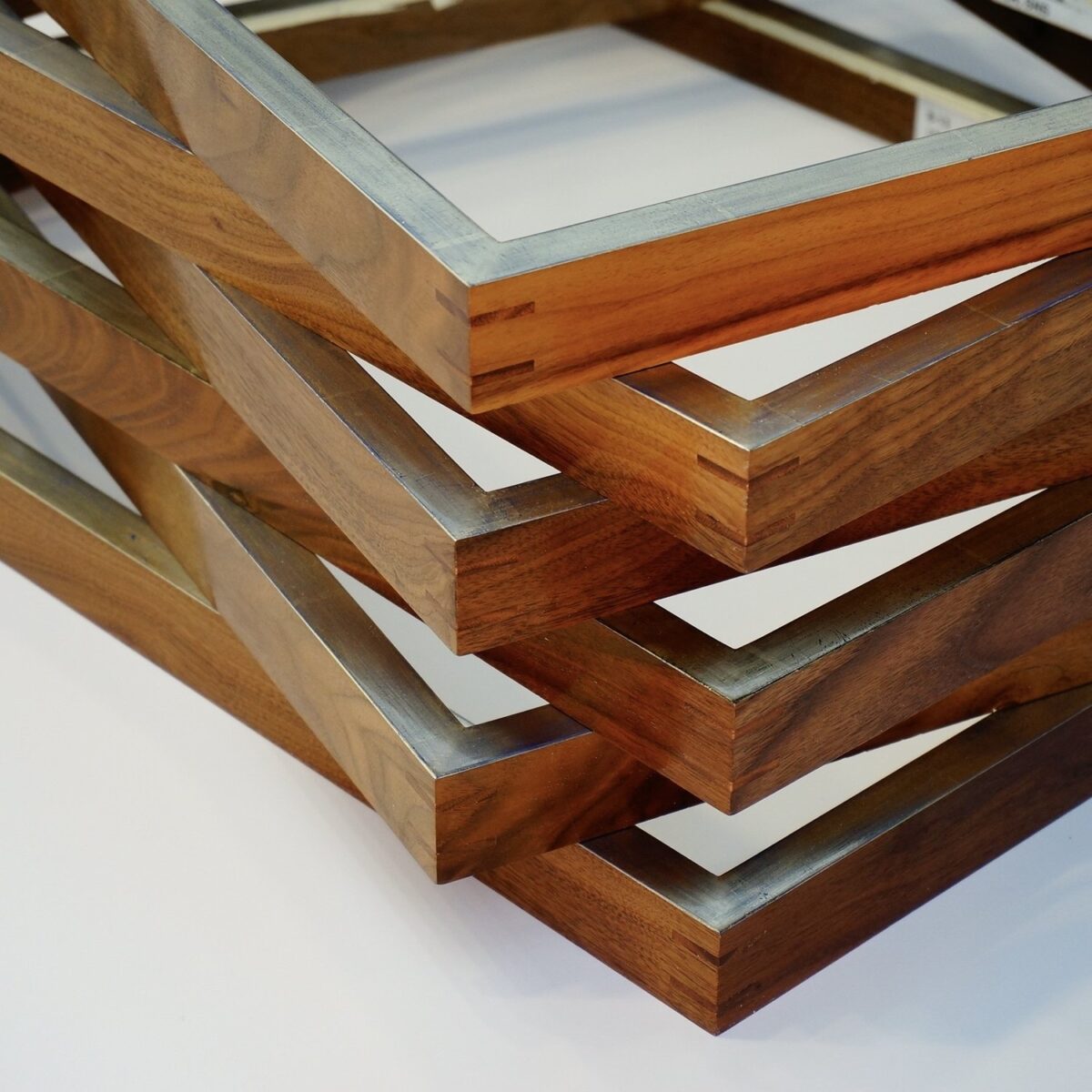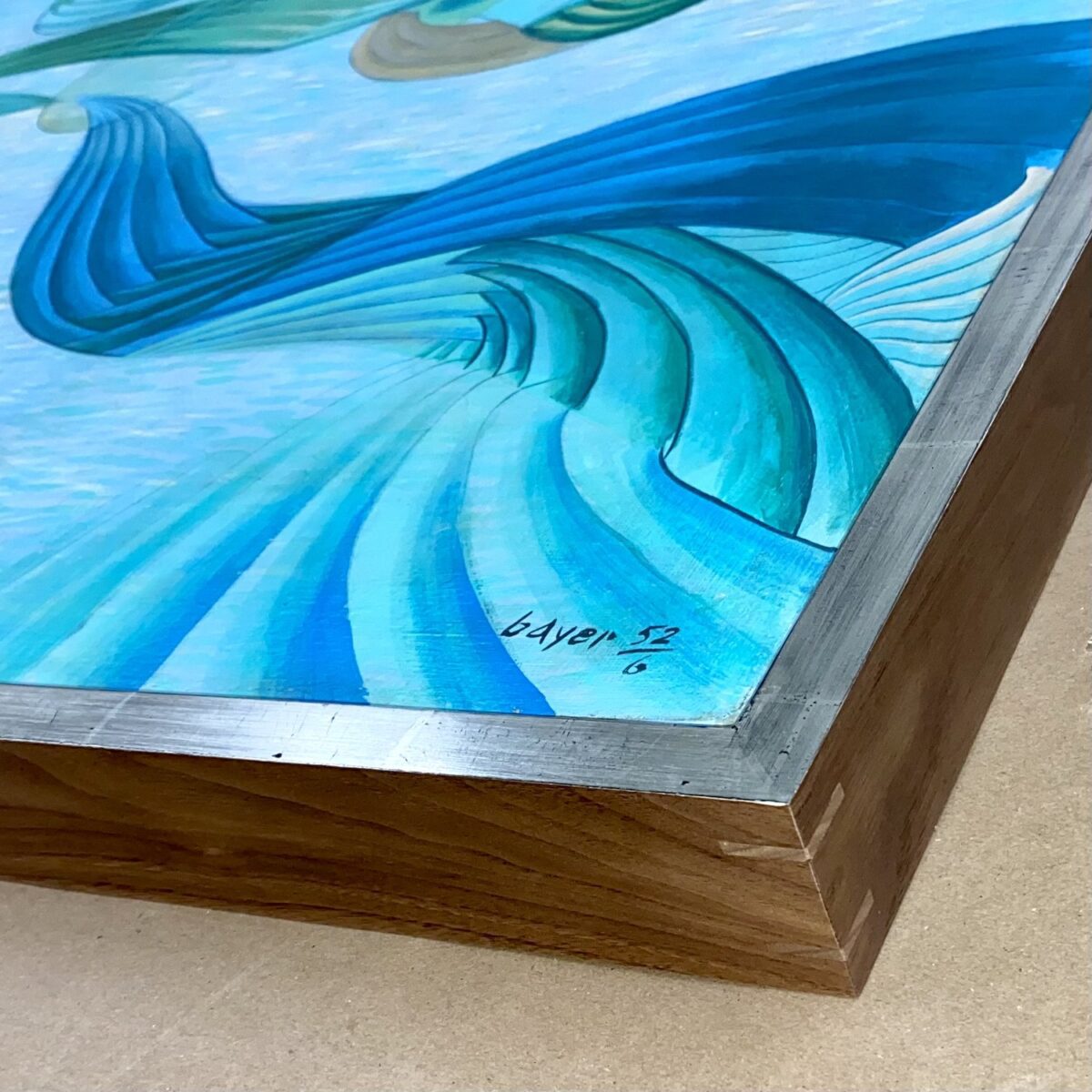Aesthetic and Preservation for Quality Custom Picture Framing
At Metropolitan Frame Company, we know better than most that custom picture framing is an art form in and of itself. Our passionate experts continually navigate the delicate balance that lies between aesthetic appeal and preservation. In the following article, we delve into the nuances of this balancing act and how it shapes the world of custom picture framing.
Aesthetics in Picture Framing
The aesthetic appeal of a custom frame has the power to transform an artwork. When handled correctly, it not only complements the piece but also enhances its visual impact, helping it to better resonate with viewers. Here’s how we achieve this at Metropolitan Frame Company:
Material Choices

The choice of material is key in framing. Wood, metal, or acrylic frames each create unique visual impressions to go along with the art inside. While wood frames lend a warm, traditional appeal, metal frames are often used to project a sleek, modern vibe. Acrylic frames, meanwhile, are perfect for a minimalist, contemporary aesthetic.
Frame Design
Beyond material choice, the design and style of a frame greatly influence its aesthetic. From ornate, detailed designs for a classical look to clean, straight lines for a minimalist appeal, the possibilities are endless.
Color Coordination
Selecting the right color for a frame can significantly enhance an artwork’s aesthetic. This involves coordinating the frame color with the color palette of the artwork, helping to emphasize certain elements or create harmony.
Preservation in Picture Framing
While aesthetics are vital, preservation is equally important in custom picture framing. At Metropolitan Frame Company, we use several techniques to ensure your artwork’s longevity:
Use of Acid-Free Materials
Acid-free matting and backing materials are crucial to protect artworks from discoloration and deterioration. Our high-quality, acid-free materials are specifically designed to preserve your pieces.
UV-Protective Glazing
Artworks can be susceptible to UV damage over time. We utilize UV-protective glass or acrylic glazing to shield your art from harmful UV rays, preventing fading and maintaining the vibrancy of colors.
Appropriate Sizing
Proper sizing of mats and frames helps protect your artwork from physical damage. We ensure adequate “breathing” space for your art within the frame, guarding against potential warping or buckling.
The Balancing Act

Striking the perfect balance between aesthetics and preservation is no easy task. It’s about creating a visually appealing display that also safeguards the artwork’s integrity. Here’s how we achieve this balance:
Conservation Framing
Conservation framing is a technique that prioritizes both aesthetic appeal and preservation. It involves the use of reversible methods and preservation-grade materials, ensuring that the artwork remains unaltered while still looking visually stunning.
Custom Solutions
Every artwork is unique and requires a tailored approach. We work closely with our clients to understand their aesthetic preferences and the preservation needs of their artwork, crafting custom solutions that serve both aspects perfectly.
Continuous Learning
The world of custom framing is ever-evolving, with new materials, techniques, and trends continually emerging. By staying abreast of industry advancements, we can offer our clients the most effective and appealing framing solutions.
Metropolitan Frame Company: Your Partner in Custom Picture Framing
At Metropolitan Frame Company, we understand the importance of the balance between aesthetics and preservation. Our expert framers are committed to providing beautifully crafted, preservation-focused framing solutions that honor your artwork and its significance.
Whether you’re an art collector, artist, or simply someone who appreciates fine art, we’re here to help guide you through the framing process. We invite you to explore the possibilities of custom picture framing and discover the transformative power of the perfect frame.
To learn more about our custom picture framing services, contact Metropolitan Frame Company today.






